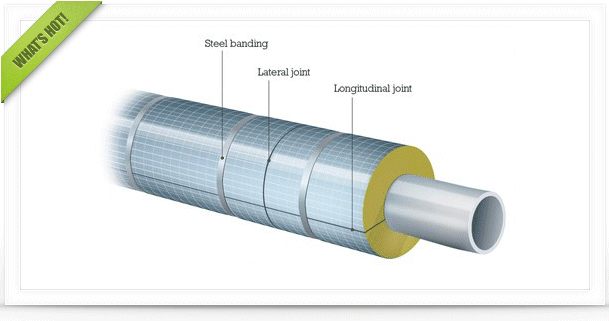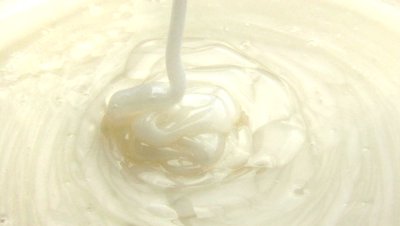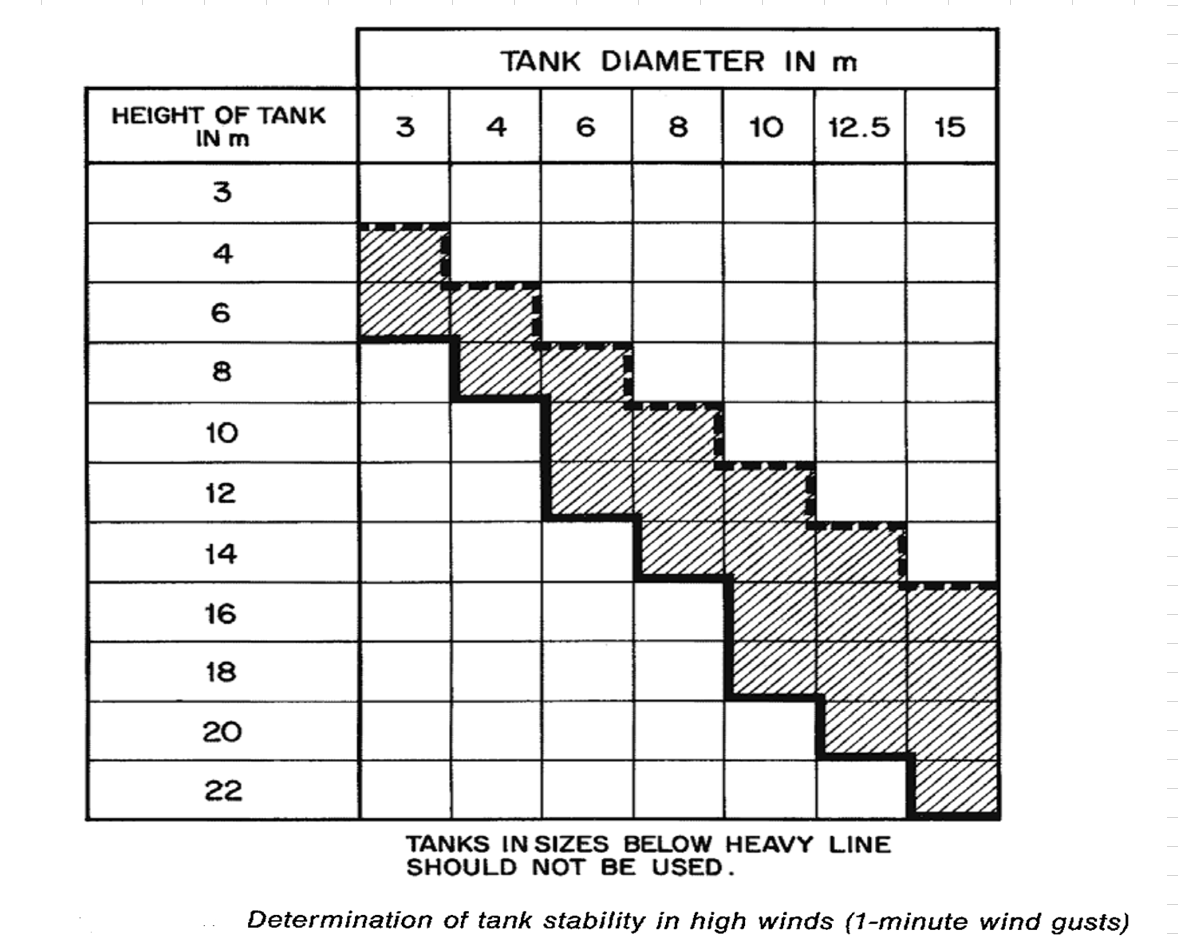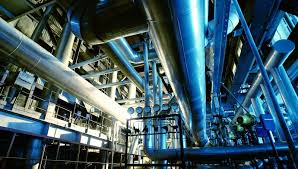I had a bit of a debate in my office over when we need to apply the NACE MR0175 standard.
This is for sour natural gas (containing H2S).
The question I have is how to define the type of system that following NACE's guidlines will tell us whether or not we should apply MR0175.
I applogize in advance for the following rather long quote from MR0175, feel free to skip ahead, but I think it is necessary for reference to understand what I'm asking.
To quote NACE MR0175:
"1.3.1 MR0175 shall apply to conditions containing waster as a liquid and H2S exceeding the limits in Paragraph 1.3.1.1. It should be noted that highly susceptible materials may fail in less severe environments.
1.3.1.1 All gas, gas condensate, and sour crude oil (except as noted)
When the partial pressure of H2S in a wet (water as a liquid) gas phase of a gas, gas condensate, or crude oil system is equal to or exceeds 0.0003 MPaa (0.05 psia).
1.3.2 MR0175 need not apply (the user shall determine) when the following conditions exist:
1.3.2.1 Low pressure gas
When the total pressure is less than 0.4 MPaa (65 psia)
1.3.2.2 Low pressure oil and gas multiphase systems
When the total pressure is less than 1.8 Mpaa (265 psia), the maximum gas: oil ratio (SCF:bbl) is 5000 or less, and the H2S content is less than 15 mol% and the H2S partial pressure is lass than 0.07 MPaa (10 psia)."
-End Quote-
There are also 2 charts in the standard that show the gas system and gas/ oil multiphase system applicability.
My question is whether this is different depending on whether or not water is present as a liquid.
My interpretation of the statement in 1.3.1 is that if water is present as a liquid and the partial pressure of H2S is above 0.05 psia then the standard must apply. I believe that the exceptions noted in section 1.3.2 ONLY apply if water is NOT present as a liquid. However, the standard does not specifically say that.
My colleague's interpretation is that since section 1.3.2 does not specifically say that the system must be dry, the presence of water as a liquid is not relevant. He believes the "except as noted" comment in 1.3.1.1 applies to both wet and dry systems.
Consider the following example: Low pressure wet sour gas (water present as a liquid) at 40 psia with 0.5% H2S. Under my interpretation, I consider that the partial pressure is above 0.05 psia and say that MR0175 should apply. My colleague is saying that since the absolute pressure is below 65 psia MR0175 does not need to apply.
The reason this is a hot point of debate for us right now, is that we are dealing with an existing sweet designed facility that is now getting some sour gas and there is considerable expense to replace existing valves, piping, and potentially even vessels. So it is preferred to set operating limits on pressure and maximum H2S content within a "safe" limit.
My main reason for believing that water as a liquid is a worse condition, is that H2S that disolves into the water will form acid.
Has anyone else run across this question of applicability before?
Or are there any NACE members out there that have a deeper understanding of the standard.
|
|
Sulphide Stess Corrosion (h2s)
Started by ShaunHill, Jun 17 2004 01:48 PM
2 replies to this topic
Share this topic:
#1

Posted 17 June 2004 - 01:48 PM
#2

Posted 17 June 2004 - 06:54 PM
Shaun Hill:
I really don't know the specific answer to your question. However, my gut feeling is that the NACE standard does apply to your case. In any event, it is better to be safe than sorry and wet H2S can cause serious consequences. I recall that, some 10-15 years ago, there was a disastrous explosion and fire caused by stress corrosion in an amine treater at a refinery in the USA. Since such treaters use an aqueous solution of amine to absorb and remove H2S from refinery fuel gas, wet H2S was present and stress corrosion was considered to be the culprit in that explosion.
I really don't know the specific answer to your question. However, my gut feeling is that the NACE standard does apply to your case. In any event, it is better to be safe than sorry and wet H2S can cause serious consequences. I recall that, some 10-15 years ago, there was a disastrous explosion and fire caused by stress corrosion in an amine treater at a refinery in the USA. Since such treaters use an aqueous solution of amine to absorb and remove H2S from refinery fuel gas, wet H2S was present and stress corrosion was considered to be the culprit in that explosion.
#3

Posted 31 July 2004 - 03:43 AM
Shaun Hill,
Just happened to see your post now and I would like to put forth my views on this subject (though I know it's too late!!!!.....but for whatever it's worth!!.... ).
).
I do not agree with your interpretation of section 1.3.2, in which you have said that NACE will apply only if water is present because Sulphide Stress Cracking (SSC) does not become effective till the total pressure of either the low pressure gas system or the multiphase system exceeds the pressure values, as given under section 1.3.2.1 and section 1.3.2.2 respectively. Therefore, if the total pressure of the systems in question are below the above quoted values, there is no danger of SSC even if water is present! .
Hence, in my view, the NACE Std. is quite clear with respect to it's application.
Therefore, I would tend to agree with your colleague and I think that your current facilities are adequate and require no modifications.
I was presented with a similar situation, some years back, while working in Oman. There, the client was looking into connecting a sour well (I am sorry I do not remember the gross liquids process parameters as it was sometime back! ) to the nearest existing gathering station which happened to be designed as a "sweet" station. I remember that a similar discussion had started. Eventually no changes were made to the existing station and till last I have heard, there appears to be no problems with the normal operation of the station.
Anyways, I regret for not being a bit early with my response!
Cheers ,
,
Just happened to see your post now and I would like to put forth my views on this subject (though I know it's too late!!!!.....but for whatever it's worth!!....
I do not agree with your interpretation of section 1.3.2, in which you have said that NACE will apply only if water is present because Sulphide Stress Cracking (SSC) does not become effective till the total pressure of either the low pressure gas system or the multiphase system exceeds the pressure values, as given under section 1.3.2.1 and section 1.3.2.2 respectively. Therefore, if the total pressure of the systems in question are below the above quoted values, there is no danger of SSC even if water is present! .
Hence, in my view, the NACE Std. is quite clear with respect to it's application.
Therefore, I would tend to agree with your colleague and I think that your current facilities are adequate and require no modifications.
I was presented with a similar situation, some years back, while working in Oman. There, the client was looking into connecting a sour well (I am sorry I do not remember the gross liquids process parameters as it was sometime back! ) to the nearest existing gathering station which happened to be designed as a "sweet" station. I remember that a similar discussion had started. Eventually no changes were made to the existing station and till last I have heard, there appears to be no problems with the normal operation of the station.
Anyways, I regret for not being a bit early with my response!
Cheers
Similar Topics
Corrosion In RefineriesStarted by Guest_CHEMSTRONG_* , 19 Jun 2022 |
|

|
||
Refinery Corrosion InhibitorsStarted by Guest_CHEMSTRONG_* , 03 Apr 2022 |
|

|
||
Corrosion Under Deposition At Trim Cooler Of Rfcc Main Fractionator OvStarted by Guest_Eric Nguyen_* , 19 Jul 2021 |
|

|
||
Does Ptfe Based Grease React With Anti-Corrosion Agents And Dissolve IStarted by Guest_Sam1999_* , 29 Apr 2021 |
|

|
||
Oil And Gas Processing, Water Treatment And Corrosion Free BooksStarted by Guest_Yasserkassem_* , 05 Feb 2021 |
|

|

 FB
FB







